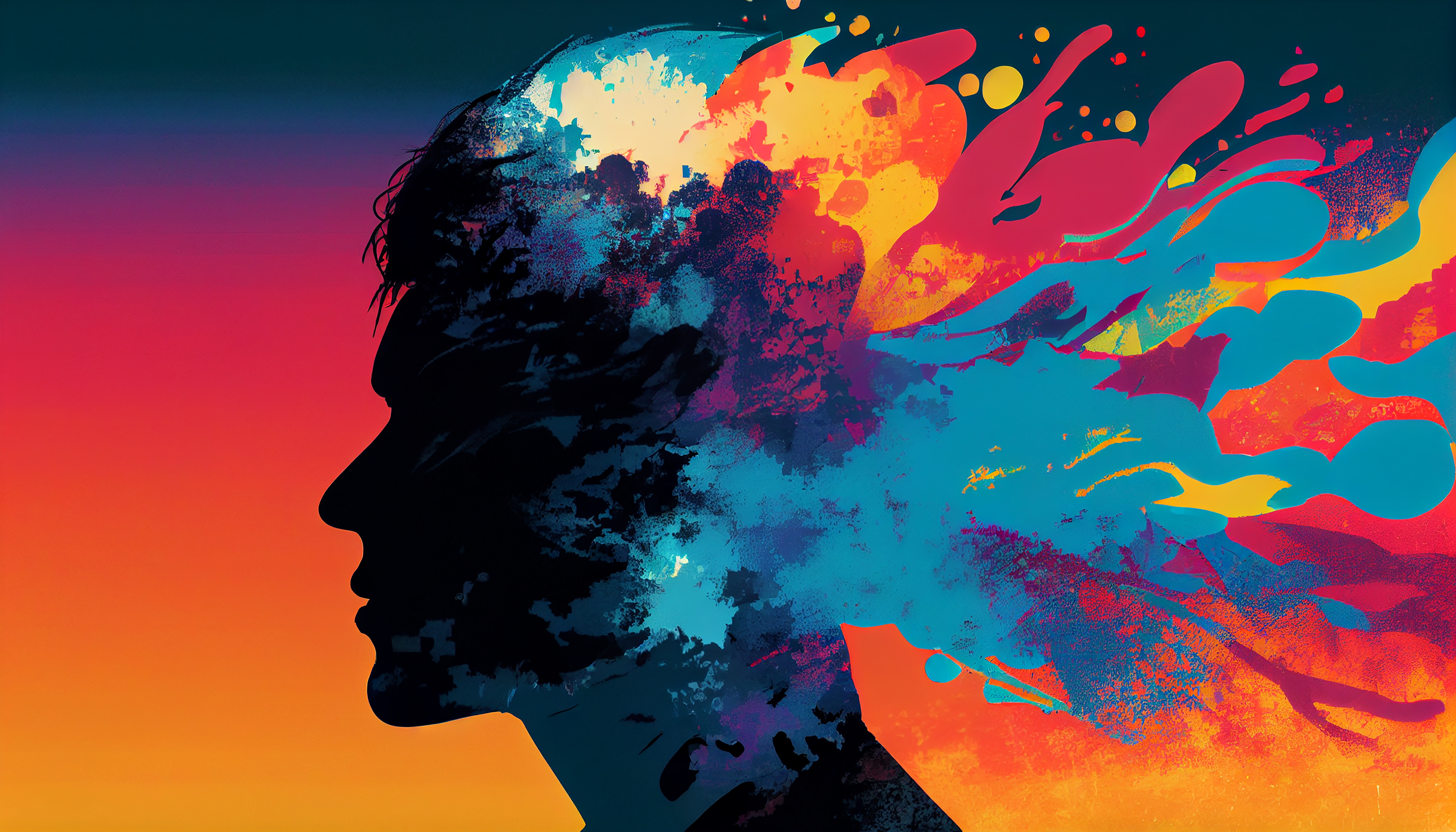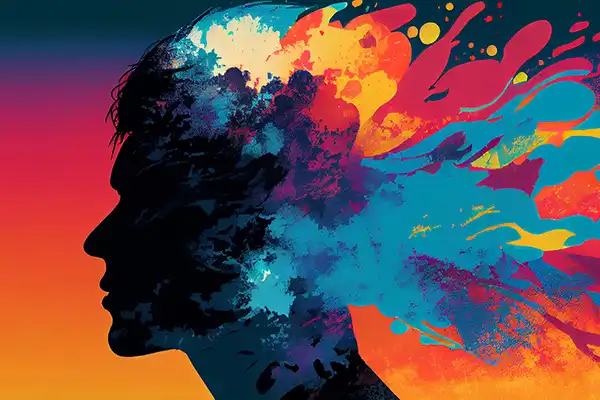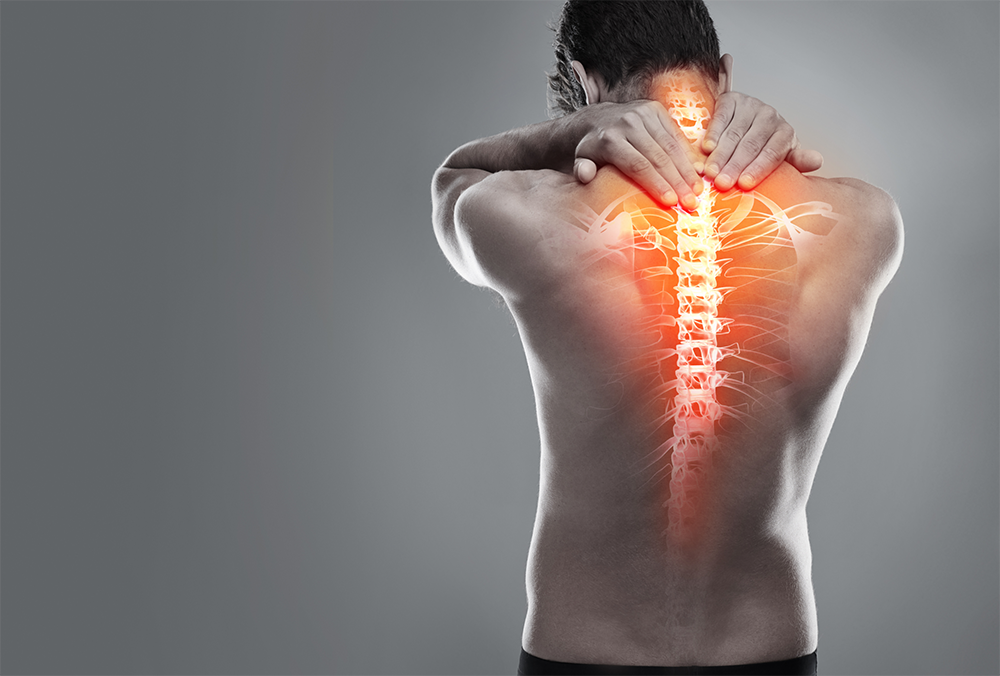

Activities
Our Blogs

A Nation in Pain
The centuries old Atharvaveda and Charaka Samhitā have vivid descriptions of arthritis and how one should go about it. Ghalib – the last great poet of the Mughal era, and Khwaja Mir – Delhi’s premier mystic poet whose nom de plume was Dard (Pain), have waxed lyrical about pain. Pain, as a problem, in India, is as old as the hills. Everyday speech, popular mythology, village love songs, modern novels and classical poetry in India are replete with metaphors of pain. We have been good at generating much heat and little light, as all these years we have understood the individual’s discomfiture without comprehending the distress of the society. Only when the extent of the problem such as pain is measured are solutions possible from a nation state perspective. Consider, for instance, the simple question ‘How many Indians suffer from pain? We did not have the answer to it till recently. There is now some light at the end of the tunnel, and it could well be a speeding train.
How big is the problem of pain?
In western nations pain affects more than diabetes, heart diseases and cancer combined. How about India? In a recent study published in the prestigious Lancet, where 7500 doctors in India were surveyed about their 200,000 consultations and 550,000 health-related complaints – 20% of the general complaints were pain-related. This was second only to fever. 13% of urban India suffers from chronic pain. Chennai has the most sufferers at 22% and Ahmedabad at 6% has the least. If Chennai is a bellwether of Tamilnadu, then there is a rather large problem in hand. Studies in rural areas of Kerala, Maharashtra and West Bengal seem to suggest that 25% of the rural dwellers suffer from pain, and is a much bigger problem compared with urban India.
Pain at workplace in India
Pain affects upto 50% of blue-collar workers such as miners, goldsmiths, rice farmers, and oil drill workers in India. Pain is also a significant problem among the IT professionals, nurses and dentists; and in a study conducted in Maharashtra 90% of nurses had back, neck or joint pain. And, among the Indian pain sufferers, 30% were unemployed and 40% were unhappy with their jobs.
Pain and gender
Women suffer more than men in India, but the difference isn’t very significant. Women, in addition, tend to experience constant pain compared with men – for whom the pain was more intermittent in nature. And, unsurprisingly, increasing age was associated with more pain.
Types of pain
A third of people with chronic pain in India had suffered for more than 3 years, among whom two-thirds experienced intermittent pain, and for the rest it was a constant companion. Knee pains and other joint pains account for the majority (80%) of pain complaints. Low backache is a major cause for pain and disability, where more men than women seem to suffer. Headaches and migraine are another important cause of pain in India.
Impact of pain in India
Persistent pain almost certainly affects quality of life. Indians have difficulties in performing their routine activities, are less able to or no longer able to walk, exercise, do their household chores, and attend social activities and work. Furthermore, sleep and sexual health are affected in a significant majority of sufferers. Up to a third of chronic pain sufferers in India lost significant amount of work hours attributable to pain, and women with chronic pain could be more reluctant to talk about the difficulties faced at work than men.
Why medicines aren’t a panacea
The fact that 30% of sufferers with chronic pain did not receive any treatment at all can be dismal at best and detrimental at worst. Men seemed less interested in seeking a consultation than women. Although 68% received some form of treatment, almost half of such sufferers took non-prescription, over the counter, drugs that could line up some major health problems for the future. The majority of the medicines used to treat pain belonged to a class of drugs known as anti-inflammatory medications. A class of medicine, which when taken for more than a few weeks is known to cause kidney failure, stomach bleeds, heart attacks and strokes. Almost a third of sufferers, in addition, revealed that their current medications were not useful in relieving their pain.
Herbal supplements, massages, exercises and proprietary ointments were the preferred alternative methods in India to relieve pain. And, more than 90% of chronic pain sufferers have not thought of visiting a pain physician – either due to lack of awareness or lack of access.
What is required to address the problem with pain?
The one best thing about this whole scenario is that when questions are raised in an international forum, which tries to honestly decipher the extent of the problem of pain in India, the pain physicians from India no longer have to duck for cover in embarrassment. They now know the magnitude of the problem. These, however, are damning statistics, which necessitates a National Pain Policy and a concerted effort at improving the lives of sufferers. Our rich cultural inheritance lends itself to practices such as Yoga, which has been scientifically shown to be very effective in preventing chronic pains. Only, it behoves one to make sure that one doesn’t get stuck in a Yoga pose when the power goes off during a TV Yoga lesson. Then again, power cut is a different Indian problem all together.


 Prev
Prev



